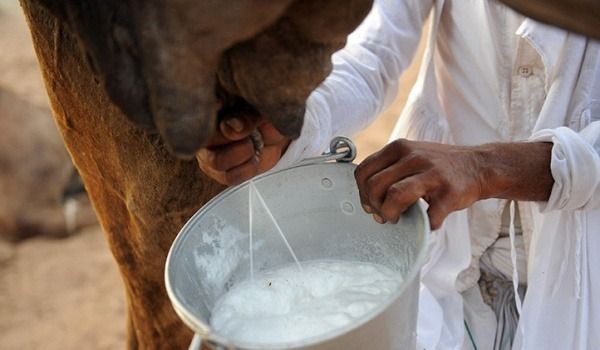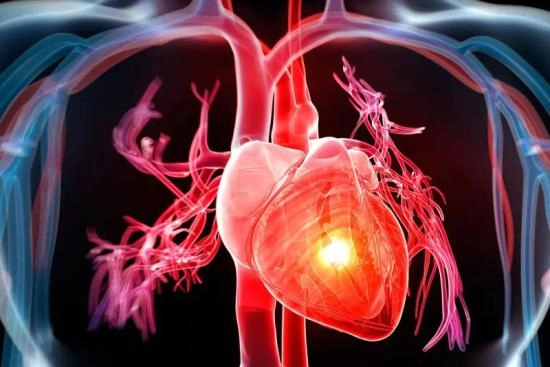In recent months, a growing controversy has surfaced regarding the presence of heavy metals—specifically lead and cadmium—in Lindt chocolate products. This issue came to light after a study by a prominent consumer advocacy group revealed that certain Lindt dark chocolates, particularly those with high cocoa percentages, contained worrisome levels of these metals. The revelations have sparked legal action and heightened public scrutiny over the safety and marketing practices of the Swiss chocolatier.
While Lindt has acknowledged that its products contain trace amounts of lead and cadmium, the company insists that these levels fall within regulatory limits and do not pose significant health risks. The company has also argued that promotional language, such as referring to its products as “expertly crafted,” is simply marketing rhetoric and not a guarantee of flawless quality. However, this has not satisfied all consumers, leading to a class action lawsuit accusing Lindt of misleading advertising and violating labeling regulations in several U.S. states.
The Health Risks of Lead and Cadmium
The health concerns associated with lead and cadmium exposure are well-documented. For children, prolonged exposure to even small amounts of these metals can interfere with brain development, leading to learning disabilities, reduced IQ, and other cognitive impairments. Pregnant women are also at risk, as heavy metals can negatively impact fetal development, potentially causing long-term health issues for the baby.
In adults, long-term exposure to lead can result in a variety of health problems, including nervous system disorders, kidney damage, and high blood pressure. Cadmium, on the other hand, tends to accumulate in the kidneys over time, leading to potential kidney damage. The recent study raised alarms about how regular consumption of Lindt’s dark chocolates, especially those with higher cocoa content, might contribute to these health risks.
The consumer group’s report found that Lindt’s Excellence Dark Chocolate 70% Cocoa contained alarming levels of cadmium—more than 100% of the recommended daily intake—and nearly 50% of the daily limit for lead. For the Excellence Dark Chocolate 85% Cocoa, the levels were even higher, with lead content reaching over 160% of the daily recommended limit and cadmium levels nearing 80%.
Why Dark Chocolate and High Cocoa Percentages Matter
Dark chocolate with a higher percentage of cocoa is more likely to contain elevated levels of heavy metals, particularly cadmium. This is due to the way cocoa is grown and processed. Cocoa plants can absorb cadmium from the soil, and higher cocoa content often means a higher potential for contamination. While Lindt maintains that the levels found in its products are within legal limits, health experts caution that consuming such chocolates frequently could lead to the accumulation of these metals in the body over time.
Moderation is key when it comes to chocolate consumption, especially for dark chocolate lovers. It’s recommended that people avoid excessive intake of chocolate with high cocoa percentages, as these tend to have higher concentrations of lead and cadmium.
A Call for More Transparency and Stricter Regulations
As the controversy surrounding Lindt chocolates continues, consumer advocates are calling for more stringent testing and greater transparency from food manufacturers. They argue that even trace amounts of heavy metals can pose risks over time, particularly for those who consume chocolate regularly. Additionally, there is increasing pressure on regulatory bodies to reassess the safety standards for food products and to hold companies accountable for the ingredients and contaminants in their products.
Lindt’s response to the situation has focused on reassuring customers that the metals found in their products do not exceed safety thresholds. However, the company’s position has done little to quell concerns from consumers who feel misled by marketing claims that suggest their products are of the highest quality. The ongoing legal action is likely to push the company to address these concerns more directly, particularly regarding its labeling practices.
What Can Consumers Do?
While Lindt and other chocolate manufacturers may continue to defend their products, experts recommend that consumers take a cautious approach when enjoying chocolate, especially dark chocolate. If you regularly indulge in dark chocolate, opting for varieties with lower cocoa content could reduce the risk of exposure to heavy metals. Additionally, limiting the frequency of consumption is advised to mitigate the potential cumulative effects of long-term exposure.
It’s also important to consider that heavy metals are not confined to chocolate alone. Many foods, including vegetables like spinach and sweet potatoes, can contain trace amounts of these substances. The key is to consume a balanced diet and be mindful of the foods that may contribute to cumulative exposure.
Key Takeaway
The controversy surrounding Lindt chocolates serves as a stark reminder of the hidden risks in our food supply. While the company maintains that its products are safe within regulatory limits, the findings of the consumer study have raised valid concerns about the long-term effects of heavy metal exposure. As consumers become more aware of these risks, it’s likely that there will be increased demand for greater transparency in food labeling and stricter regulations to ensure the safety of the products we consume.










